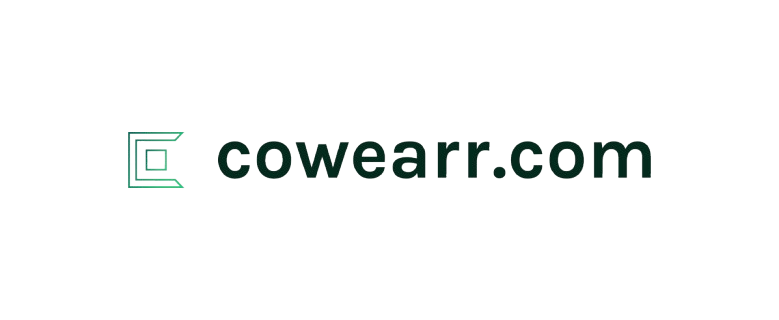Ever feel like you're only getting half the story when you watch the news? It's a common concern in today's media landscape. As someone who's passionate about staying informed, I've delved into the issue of media bias and how it affects our understanding of current events. In this article, I'll share valuable tips to help you navigate through the noise and achieve a more balanced view of the news.
Navigating the sea of information can be overwhelming, especially when every source seems to have its own agenda. Understanding media bias is crucial in deciphering the truth behind the headlines. By the end of this article, you'll have practical strategies at your fingertips to critically analyze news sources and ensure you're getting a well-rounded perspective on the world around you.
In a time where misinformation spreads like wildfire, being able to identify and counteract media bias is a skill that every informed individual should possess. Stay tuned as I guide you through the process of decoding bias and empower you to become a more discerning consumer of news.
Key Takeaways
Understanding media bias is crucial for deciphering the truth behind news headlines.
Media bias can manifest in various forms, such as political bias and the use of loaded language.
Recognizing biased reporting involves identifying patterns of unfairness or preference that skew the portrayal of events.
Overcoming media bias can be achieved by diversifying news sources and engaging critically with news content.
Exploring Media Bias
As I delve into the realm of media bias, I realize the crucial role it plays in shaping our understanding of the world around us. Let's uncover the intricacies of media bias to develop a more discerning approach to consuming news.
Defining Media Bias
Media bias refers to the partiality or inclination of individuals or organizations in reporting news in a way that is not neutral. It can manifest in various forms, influencing the framing, selection, and presentation of information. Recognizing media bias involves identifying patterns of unfairness or preference that may skew the portrayal of events.
Political Bias: This bias occurs when news outlets favor a particular political ideology or party, leading to the slanting of information to align with their beliefs.
Created a bullet point list following the guidelines provided.
Recognizing Biased Reporting
When it comes to understanding the news we consume, it's essential to be aware of media bias and how it can shape our perceptions. In this section, I'll delve into how to recognize biased reporting so that you can approach the media with a critical eye and strive for a more balanced view of current events.
Loaded Language: One telltale sign of media bias is the use of loaded language that evokes a strong emotional response in the audience. Terms like "terrorist" vs. "freedom fighter" can reveal a bias towards a particular viewpoint.
As part of an ongoing journey towards media literacy, being able to spot these signs of bias can empower me to engage with news sources more effectively and thoughtfully.
Overcoming Media Bias
Navigating through the sea of media bias can be a daunting task, but with a few key strategies, I've found ways to overcome these challenges and obtain a more balanced view of the news. Let me share some practical tips that have helped me in discerning the truth amidst the noise:
Diversify Your News Sources: One effective way to combat media bias is by consuming information from a variety of sources. By checking multiple outlets with different perspectives, I can cross-reference facts and viewpoints to form a more comprehensive understanding of an issue. It's crucial to look beyond my usual go-to platforms and explore sources with varying viewpoints to avoid getting trapped in an echo chamber of biased information.
There's no denying that media bias is prevalent, but by proactively engaging with news content and employing critical thinking, I've been able to navigate this complex landscape and cultivate a more informed and balanced perspective.
Conclusion
Understanding media bias is essential in today's information age. By being aware of the various forms of bias present in news reporting, I can develop a more critical mindset when consuming information. Recognizing loaded language and diversifying news sources are key strategies that empower me to navigate the media landscape effectively. With a discerning approach, I can sift through biased reporting and form a more balanced view of current events. Stay informed, stay vigilant, and remember, a well-rounded perspective is the key to overcoming media bias.
Frequently Asked Questions
What is media bias?
Media bias refers to the partiality or inclination of individuals or organizations in reporting news in a non-neutral manner. This bias can manifest in various forms, such as political bias, where news outlets favor a particular political ideology or party in their reporting.
Why is it important to understand media bias?
Understanding media bias is crucial as it shapes our perception of current events and influences our understanding of the world. By recognizing bias, readers can develop a more discerning approach to consuming news and gain a more balanced perspective.
How can readers identify biased reporting?
One key indicator of bias is the use of loaded language that elicits strong emotional responses. By being aware of these signs of bias, readers can enhance their media literacy and engage with news content more effectively.
What are practical strategies to overcome media bias?
Diversifying news sources is a practical strategy to overcome media bias. By consuming information from a variety of outlets with different perspectives, readers can cross-reference facts and viewpoints to gain a more comprehensive understanding of issues.



